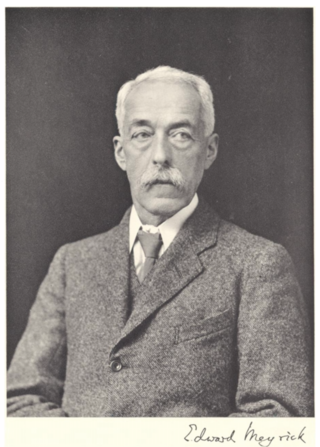
Lepidoptera or lepidopterans is an order of winged insects that includes butterflies and moths. About 180,000 species of the Lepidoptera have been described, representing 10% of the total described species of living organisms, making it the second largest insect order with 126 families and 46 superfamilies. and one of the most widespread and widely recognizable insect orders in the world.

Moths are a group of insects that includes all members of the order Lepidoptera that are not butterflies. They were previously classified as suborder Heterocera, but the group is paraphyletic with respect to butterflies and neither subordinate taxa are used in modern classifications. Moths make up the vast majority of the order. There are thought to be approximately 160,000 species of moth, many of which have yet to be described. Most species of moth are nocturnal, although there are also crepuscular and diurnal species.

The Noctuidae, commonly known as owlet moths, cutworms or armyworms, are a family of moths. They are considered the most controversial family in the superfamily Noctuoidea because many of the clades are constantly changing, along with the other families of the Noctuoidea. It was considered the largest family in Lepidoptera for a long time, but after regrouping Lymantriinae, Catocalinae and Calpinae within the family Erebidae, the latter holds this title now. Currently, Noctuidae is the second largest family in Noctuoidea, with about 1,089 genera and 11,772 species. This classification is still contingent, as more changes continue to appear between Noctuidae and Erebidae.

The Arctiinae are a large and diverse subfamily of moths with around 11,000 species found all over the world, including 6,000 neotropical species. This subfamily includes the groups commonly known as tiger moths, which usually have bright colours, footmen, which are usually much drabber, lichen moths, and wasp moths. Many species have "hairy" caterpillars that are popularly known as woolly bears or woolly worms. The scientific name Arctiinae refers to this hairiness. Some species within the Arctiinae have the word "tussock"' in their common names because they have been misidentified as members of the Lymantriinae subfamily based on the characteristics of the larvae.

The Ditrysia are a natural group or clade of insects in the lepidopteran order containing both butterflies and moths. They are so named because the female has two distinct sexual openings: one for mating, and the other for laying eggs.

Edward Meyrick was an English schoolmaster and amateur entomologist. He was an expert on microlepidoptera and some consider him one of the founders of modern microlepidoptera systematics.
Sir George Francis Hampson, 10th Baronet was an English entomologist.

Amphiesmenoptera is an insect superorder, established by S. G. Kiriakoff, but often credited to Willi Hennig in his revision of insect taxonomy for two sister orders: Lepidoptera and Trichoptera (caddisflies). In 2017, a third fossil order was added to the group, the Tarachoptera.
The Global Lepidoptera Names Index (LepIndex) is a searchable database maintained by the Department of Entomology at the Natural History Museum, London. As of May 2023, the site reads "Database last updated January 2018" so the current validity of the taxonomic combinations presented should be adopted with caution.
Alexey Nikolaievich Diakonoff, also transliterated as Alexej Nikolajewitsch Diakonoff, was a Russian–Dutch entomologist who specialised in Microlepidoptera.
Pseudocharis melanthus is a moth in the subfamily Arctiinae. It was described by Stoll in 1781. It is found in Colombia and Suriname.
Pseudocharis minima, the lesser wasp moth, is a moth in the subfamily Arctiinae. It was described by Augustus Radcliffe Grote in 1867. It is found on Cuba and in Florida. The habitat consists of pine rocklands, tropical hammocks and the ecotone between hammocks and salt marshes.
Pseudocharis naenia is a moth in the subfamily Arctiinae. It was described by Herbert Druce in 1884. It is found in Guatemala.
Pseudocharis picta is a moth in the subfamily Arctiinae. It was described by Schaus in 1894. It is found in Venezuela.
Pseudocharis sanguiceps is a moth in the subfamily Arctiinae. It was described by George Hampson in 1898. It is found in Panama.
Pseudocharis sithon is a moth in the subfamily Arctiinae. It was described by Herbert Druce in 1884. It is found in Mexico and Guatemala.
Pseudocharis splendens is a moth in the subfamily Arctiinae. It was described by Herbert Druce in 1888. It is found in the Bahamas.
Pseudocharis romani is a moth in the subfamily Arctiinae. It was described by Felix Bryk in 1953. It is found in the Amazon region.
Pseudocharis trigutta is a moth in the subfamily Arctiinae. It was described by Francis Walker in 1854. It is found in Colombia.

Eulepidoptera is a division of lepidopterans in the infraorder Heteroneura.






